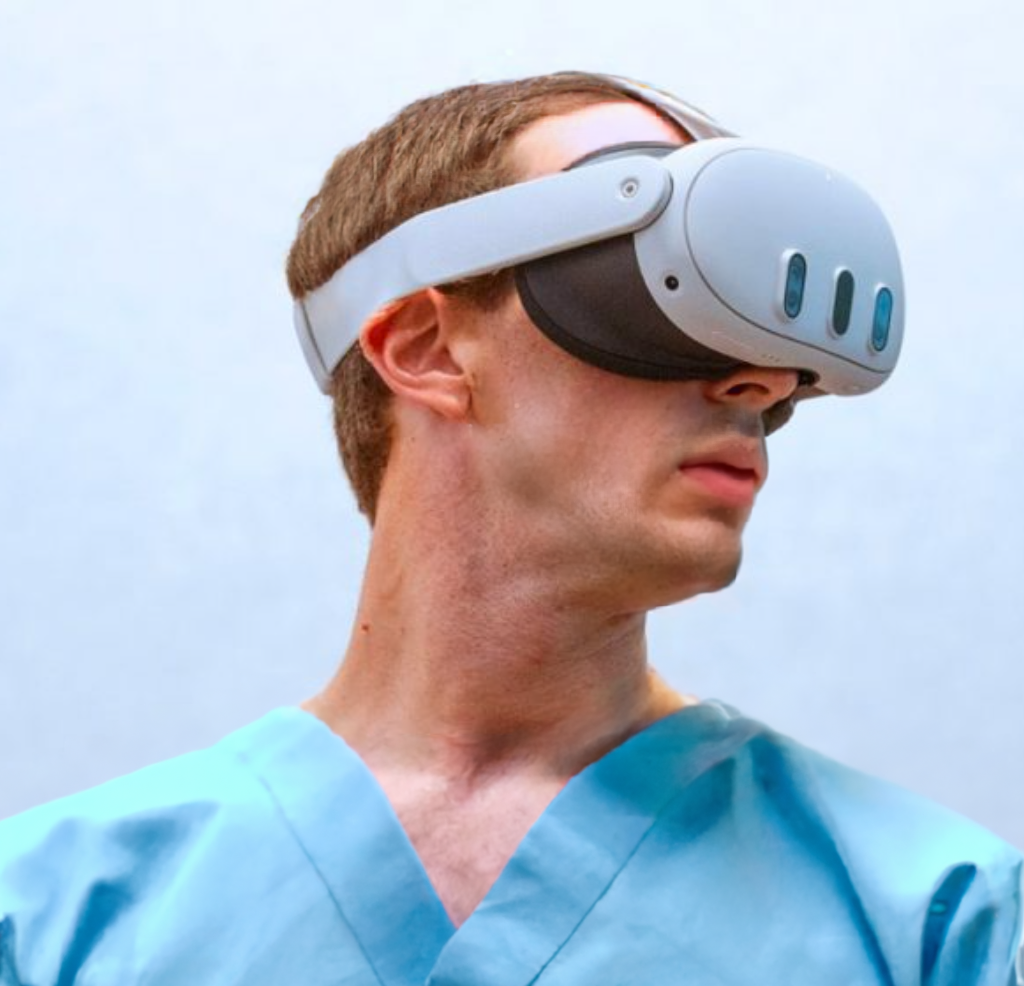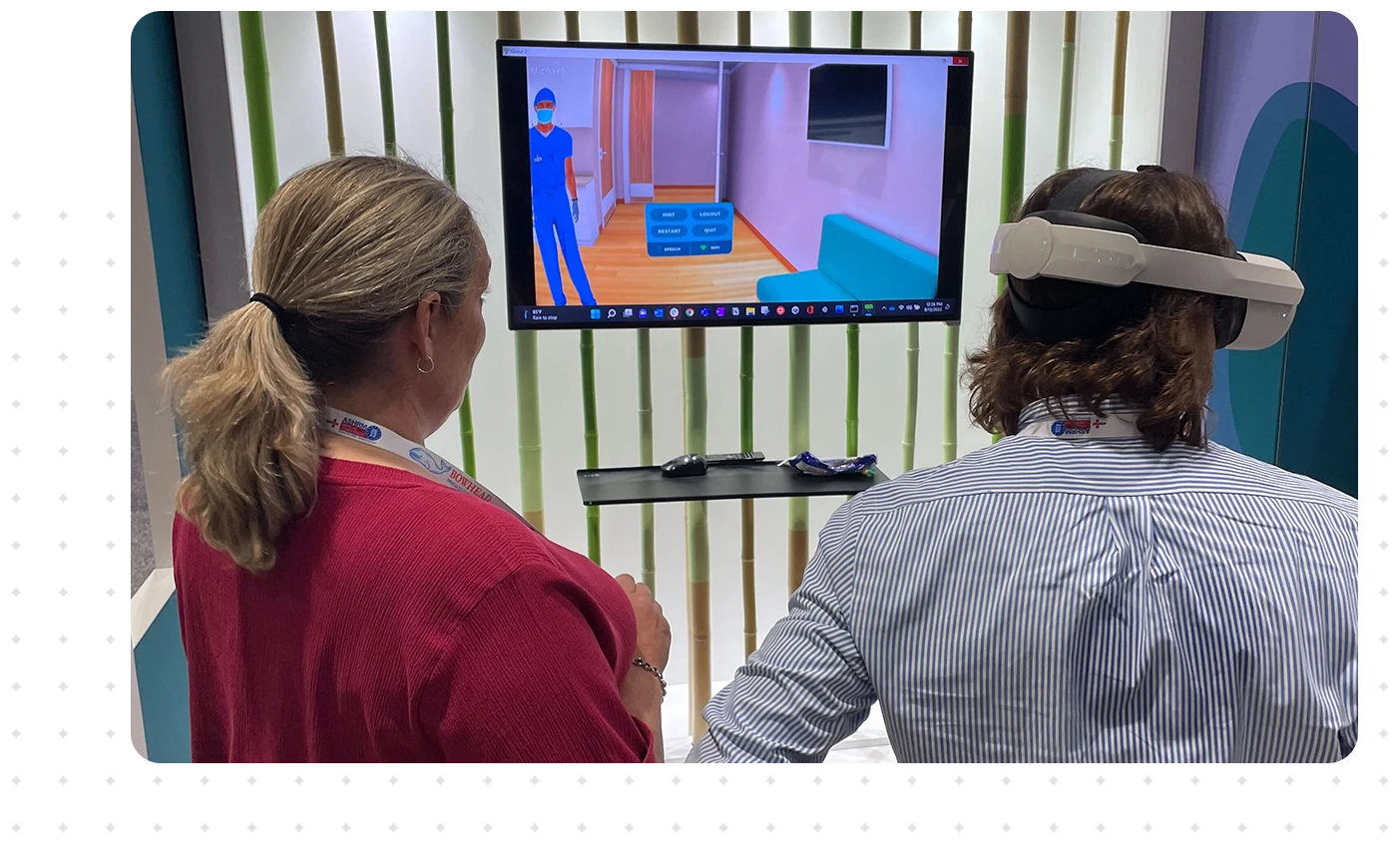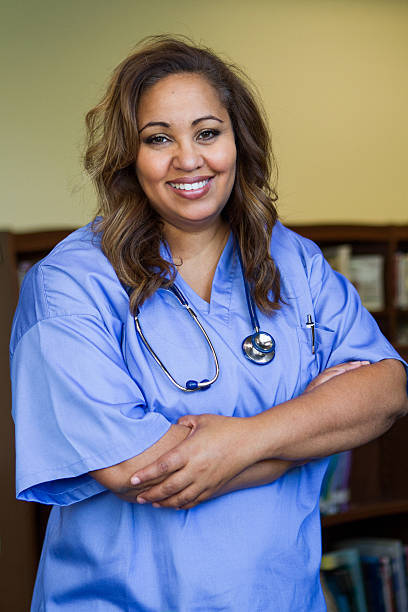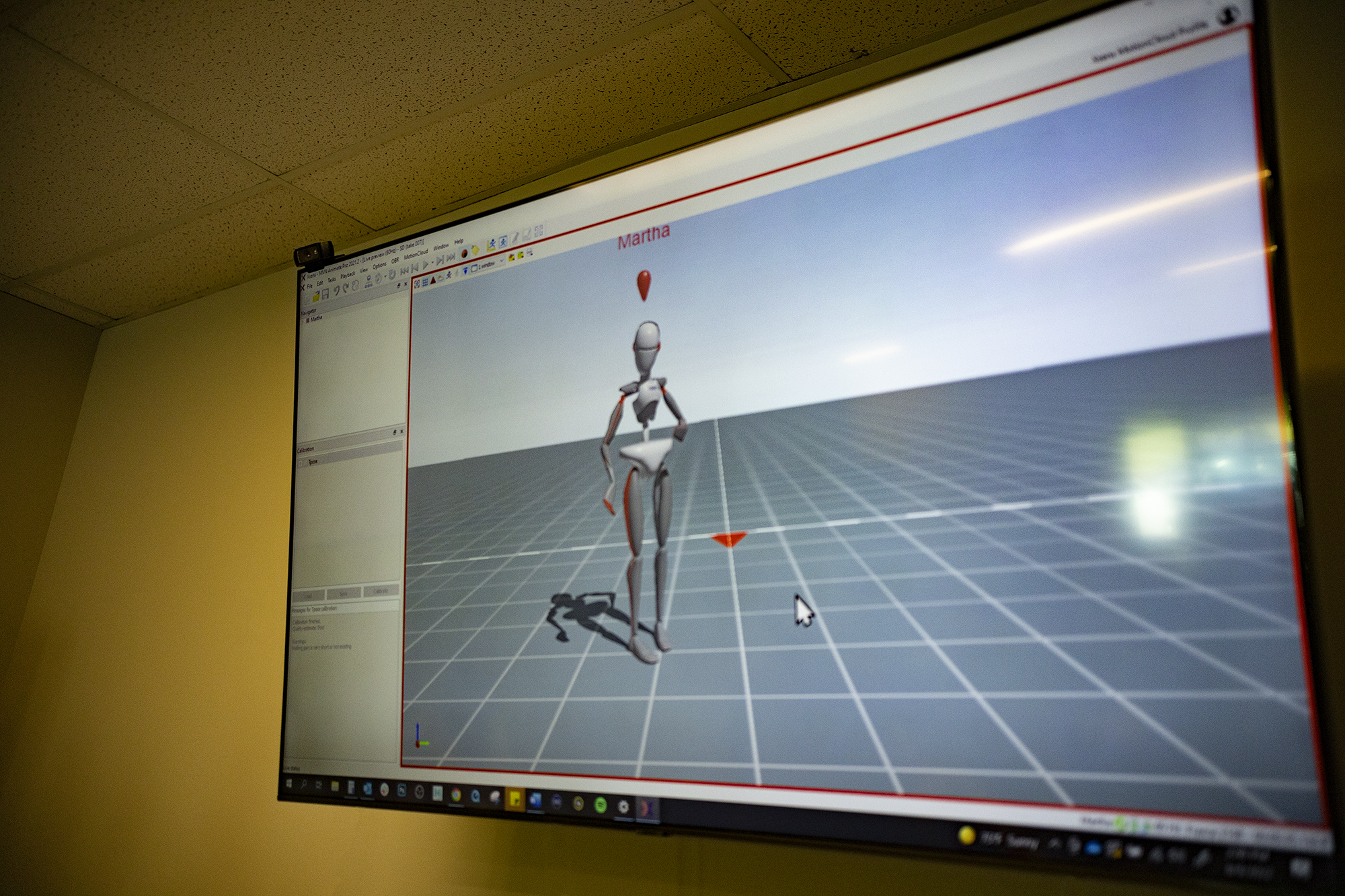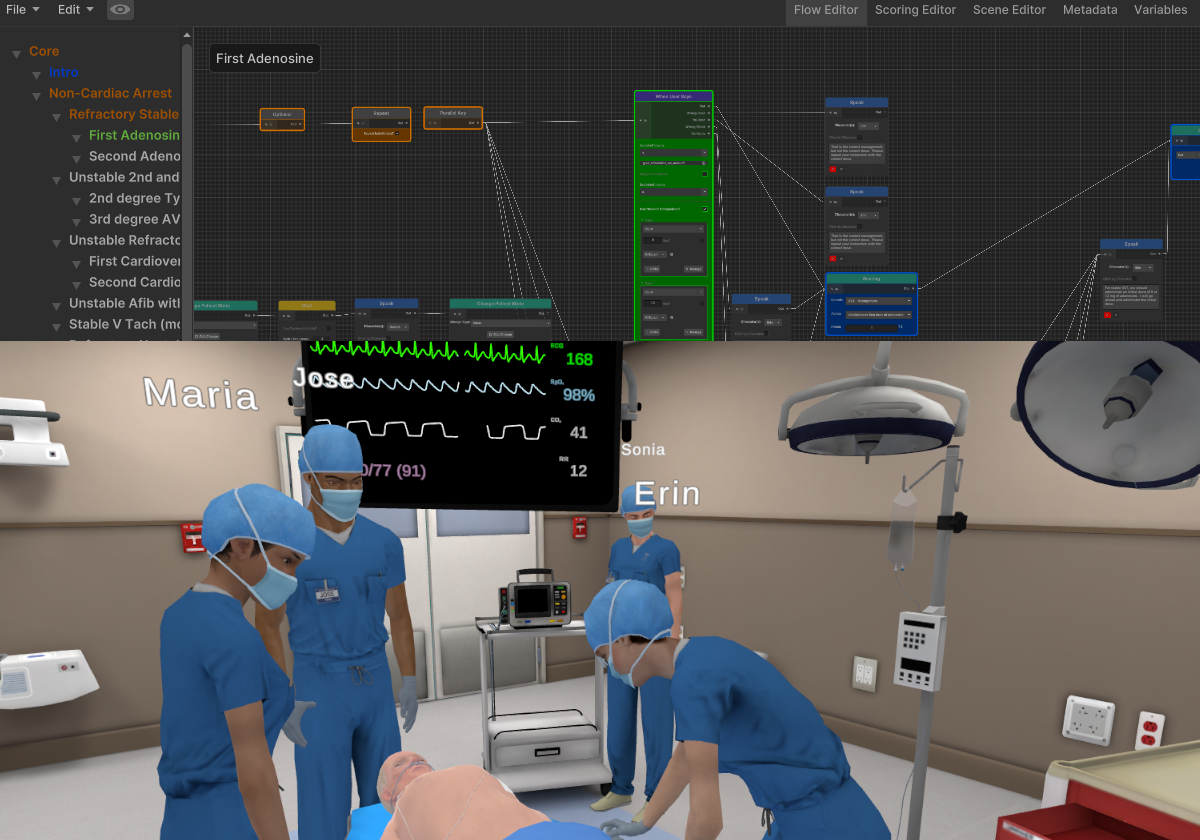
Standardization Meets Personalization: The Journey Towards Personalized VR Healthcare Training
Published July 21, 2023
Standardization Meets Personalization: The Journey Towards Personalized VR Healthcare Training
At Health Scholars, our early interest in AI technologies like Natural Language Processing (NLP) stemmed from a deeply rooted belief in the power of personalization for effective training. This conviction, embedded within our engineering team, propelled us into the exploration of AI long before its widespread recognition and utilization in healthcare.
Our belief has been consistently validated by the evolving success of AI technologies such as OpenAI’s GPT and Google’s Bard. These platforms have revolutionized human-computer interactions in healthcare by transforming static commands into dynamic conversations, significantly enhancing their personalization and intuitiveness.
In healthcare, personalization involves individual-specific training, situation preparation, and resource allocation. Despite this complexity, maintaining standardization for universally accepted protocols is crucial in the healthcare industry.
At Health Scholars, our challenge lies in deftly integrating these two essential elements—personalization and standardization—into our VR healthcare training solutions. This commitment to equilibrium drives our innovation and has defined our healthcare journey thus far. As we fearlessly continue to expand the horizons of personalization in healthcare training, this balance remains our guiding light.
Our Journey Begins: Experiential Learning through Virtual Reality Healthcare Simulations
Our journey towards personalized healthcare training started with a clear vision – moving away from traditional point-and-click or menu-based systems towards an experiential learning approach in healthcare. In 2018, we launched our first VR healthcare simulation product, “Fire in the OR”. This immersive application was built to replicate real-life healthcare scenarios while allowing healthcare professionals to interact with the simulation as they would in their day-to-day experiences.
In this innovative VR healthcare simulation, users were introduced to a new layer of experiential learning involving complex hand movements. For instance, we allowed learners to practice placing instruments on the mayo stand or pulling the drapes away from the source of the fire in a healthcare setting. However, our commitment to personalization went a step further; we also provided leeway in how these tasks could be performed. For instance, while it’s standard protocol to pull the drapes away from the patient in a healthcare setting, we allowed users to do it in their way – either pulling the head drape first or the body drape first, as long as they are pulling within the correct angle in a timely manner.
Our commitment to experiential learning and personalization took a significant leap forward in the following year when we added voice recognition to our suite of functionalities in healthcare. Introduced in the “ACLS” VR healthcare application, this feature enabled users to practice not just the ACLS algorithm, but also closed-loop communication—an integral component of real-world healthcare scenarios. Voice recognition technology amplifies the personalization of our training applications in healthcare by allowing users to communicate in their natural speech patterns, further strengthening the realism of the simulation.
Despite our emphasis on personalization, we maintain a steadfast focus on the critical importance of standardization in the healthcare industry. This has led to close collaborations with renowned organizations like the American Heart Association (AHA). These partnerships ensure that, even as we push the boundaries of personalized training, our VR healthcare simulations and voice-recognition tools stay aligned with industry standards and guidelines.
Our journey, underscored by the adoption of advanced technologies like VR and NLP, emphasizes the importance of personalization in effective training. Now, with the use of voice technology, we’re enhancing procedural muscle memory. As we keep refining our tech, we stay committed to our core principle: a future where personalized, standard-compliant healthcare training is shaped by individual and facility needs.
The Leap Forward: Embracing Adaptive Learning
Our commitment to personalization took another major stride forward in 2020 when we embraced adaptive learning as our next milestone in healthcare. This evolution was born from listening curiously to our customers and understanding that healthcare teams, as well as their patients, are inherently diverse. In response, we developed the “Pediatric Emergency Assessment” application to cater to this diversity.
The “Pediatric Emergency Assessment” application, guided by the Pediatric Assessment Triangle (PAT) from the American Academy of Pediatrics (AAP), aids users in accurately identifying a child’s clinical status in healthcare. What sets this application apart is its adaptive learning mechanism which tailors the content based on individual performance and growth. If users encounter difficulty with certain concepts, the system recognizes this and provides additional practice opportunities to ensure mastery. This ensures that the learning experience truly adapts to the learner’s needs, allowing for greater personalization and effectiveness.
As part of this adaptive learning process, we incorporated multiple variations of patient scenarios. This diversity allows users to practice identifying similar symptoms across different patients, thereby enhancing their clinical judgment and adaptability. Virtual reality simulations can support healthcare organizations’ initiatives for diversity, equity and inclusion.
Avatars can be designed to represent individuals from marginalized groups. Scenarios can be designed to create immersive experiences that address real-life issues for underserved and/or under-resourced populations. Situations such as language or cultural barriers can be built into simulations.
Opportunities exist to create simulated experiences to help learners identify and address personal biases, microaggressions or other important DEI concepts. A tool like Workbench can help designers to address organizational goals for DEI education and competency assessment.
This tailored approach not only accelerates learning for those with a solid understanding of concepts—potentially halving their training time compared to a standard course—but also caters to all learning levels. Whether they’re beginners, intermediate, or advanced, all learners can benefit from content that’s adjusted to their understanding and pace.
Incorporating adaptive learning into our training solutions underlines our commitment to dynamic and personalized learning experiences. It demonstrates our determination to create a learning environment that evolves with the learner, their progress, and the unique training needs of their healthcare facility.
Accelerating Customization in VR Healthcare Training Using Workbench
The medical field is incredibly diverse, with each healthcare facility boasting unique attributes, resource availability, and specific training requirements. In response to the need for specialized training that reflects these unique characteristics, we developed a new platform: Workbench.
Workbench is our pioneering no-code solution, designed to empower healthcare facilities to either adapt existing VR healthcare training applications or create entirely new ones from scratch. This platform caters to the diverse and unique training needs of each facility, promoting intricate customization within the multifaceted world of healthcare.
Workbench stands out with its adaptability and depth of customization. It facilitates the recreation of specific hospital environments, allowing users to configure team sizes, roles, and specific scenarios based on their unique facilities. This level of customization ensures immersive and realistic training experiences that truly reflect the realities of each institution.
One of the most powerful features of Workbench is its capacity for rapid development. With Workbench, users can create detailed VR healthcare simulations in just a matter of days. This agility not only reduces the cost of creating new VR healthcare training but also enables facilities to adapt quickly to new developments and guidelines in the medical field. As we continue working on Workbench, it will continuously evolve allowing for more complex interaction while introducing extensive customization capabilities.
Workbench allows users to balance essential healthcare standards with the demand for unique, immersive, and highly individualized training experiences. These experiences are precisely crafted to mirror the specific environment, resources, and practices of each healthcare institution.
Our journey toward personalized VR healthcare training has been both challenging and rewarding. With Workbench, we’re taking yet another significant step, turning our vision of experiential and personalized healthcare training into reality. The future of healthcare training is exciting, and we can’t wait to see how Workbench will contribute to this revolution. This is just the beginning!
I invite you to join us on this exhilarating journey as we continue to shape the future of healthcare training, where the personalized seamlessly intertwines with the standardized for the ultimate training experience.

